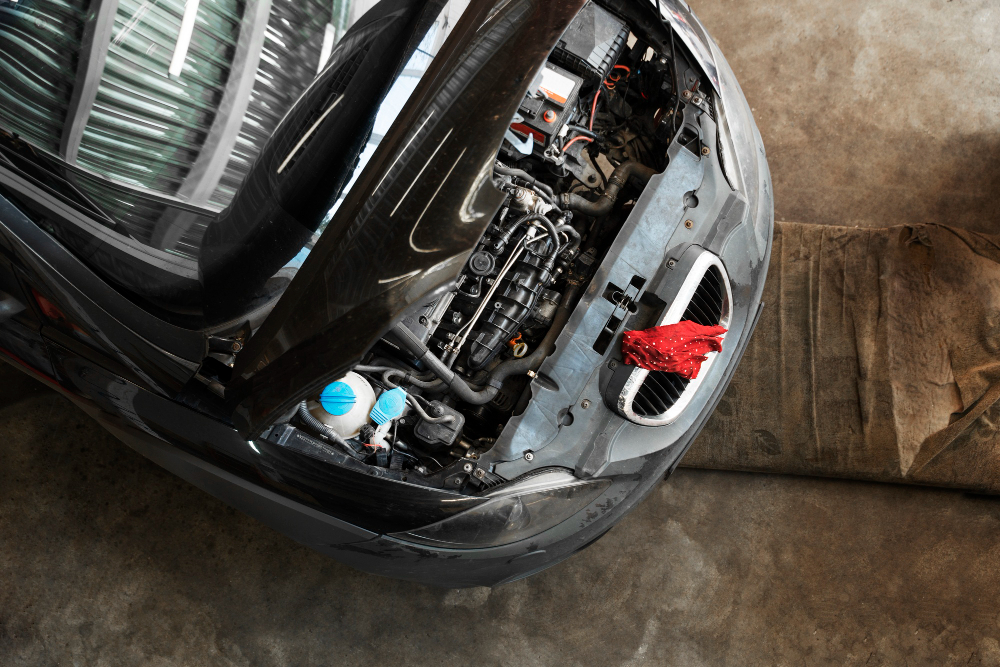In recent years, the automotive industry has seen significant advancements in battery technology, with maintenance-free car batteries emerging as a popular choice for vehicle owners. These batteries offer a convenient and reliable alternative to traditional batteries, eliminating the need for regular fluid checks and top-ups. This article provides an in-depth look at the benefits, types, and performance of maintenance free car batteries, helping readers make informed decisions about their vehicle’s power source.
Introduction to Maintenance-Free Car Batteries
These car batteries have become increasingly popular due to their convenience and reliability. Unlike traditional lead-acid batteries, which require regular water top-ups to maintain electrolyte levels, maintenance-free batteries are sealed for life. This design ensures that they do not lose electrolytes quickly, reducing the need for maintenance and extending their lifespan.
The use of lead and calcium terminals in these batteries helps reduce overheating and overcharging, making them safer and more durable than traditional batteries. Additionally, maintenance-free batteries are equipped with advanced safety features such as pressure relief valves, which prevent excessive pressure buildup and ensure reliable performance.
Benefits of Maintenance-Free Car Batteries
Convenience and Durability
Sealed Design
The sealed design of such batteries obviates the need for routine fluid checks and top-ups, making them perfect for busy car owners seeking hassle-free performance.
Longer Lifespan
Maintenance-free batteries have a longer lifespan than conventional batteries because of their enhanced electrolyte retention and lower water loss.
Performance
They deliver better cranking power, particularly in cold weather, providing dependable starts even in severe weather conditions.
Safety Features
Pressure Relief Valves
These valves make sure that the battery runs safely by releasing excess gases and avoiding overheating.
Lowered Risk of Acid Spills
The sealed design minimises the danger of acid spills and corrosion, which safeguards the vehicle and its parts.
Environmental Benefits
Decreased Waste
Maintenance-free batteries also help to minimize waste by reducing spills and leaks, thus being a cleaner choice.
Recyclability
These batteries are recyclable, further reducing their environmental impact.
Types of Maintenance-Free Car Batteries
Absorbent Glass Mat (AGM) Batteries
Description
AGM batteries are engineered for high-performance use. They employ a glass fiber separator to soak up the electrolyte, so it cannot spill or leak.
Advantages
Compared to traditional batteries, these offer a longer lifespan, superior vibration resistance, and more cranking power.
Applications
They are often used in cars that need high starting power and in applications where vibration resistance is important.
Gel Batteries
Description
Gel batteries employ a gel-like electrolyte that is less likely to spill and leak. They are very versatile and durable, so they can be used in many applications.
Advantages
Gel batteries are spill-proof, vibration-resistant, and have a low cost per cycle. But they are overvoltage-sensitive and need careful charging.
Applications
They are best suited for use in areas with poor ventilation because they have low fume emission.
Enhanced Flooded Batteries (EFB)
Description
EFB batteries supersede conventional flooded batteries. They feature improved performance and longer life while being subjected to minimal maintenance.
Advantages
EFB batteries are more durable and are manufactured for demanding applications, such that they are applicable to cars requiring consistent performance under demanding environments.
Applications
They are traditionally utilized in cars where cost-effectiveness and reliability are of prime importance.
Comparative Analysis
Performance Comparison
AGM vs. EFB
AGM batteries typically provide better performance in the areas of cranking power and life. They are best suited for high-load applications and exhibit improved resistance to vibration and heat extremes.
Cost-Effectiveness
EFB batteries tend to be less expensive than AGM batteries but still provide stable performance. AGM batteries, though, can offer superior long-term value because they have a longer lifespan.
Environmental Impact
Waste Reduction
Both AGM and EFB batteries help in waste reduction by lessening spills and leaks. But AGM batteries are more environmentally friendly because they are recyclable and have a longer lifespan.
Recyclability
Both batteries can be recycled, but AGM batteries are more frequently recycled because they are used extensively.
Maintenance Tips for Maintenance-Free Batteries
Cleaning Terminals
Regularly clean the terminals to prevent corrosion, ensuring a solid connection and optimal performance.
Monitoring Performance
Keep track of the battery’s performance and temperature to identify any potential issues early.
Secure Connections
Ensure all connections are secure to prevent electrical system malfunctions.
Key Takeaway
Maintenance free car batteries have revolutionized the way vehicle owners manage their vehicle’s power source. With their sealed design, superior performance, and reduced maintenance needs, these batteries are an attractive option for those seeking convenience and reliability. Whether choosing AGM, gel, or EFB batteries, understanding their benefits and limitations is crucial for making informed decisions.
As technology continues to evolve, we can expect further advancements in battery design and performance. For now, maintenance-free batteries offer a practical solution for vehicle owners looking to minimize maintenance while maximizing performance.
While maintenance-free batteries are not entirely maintenance-free, they significantly reduce the hassle associated with traditional batteries.
